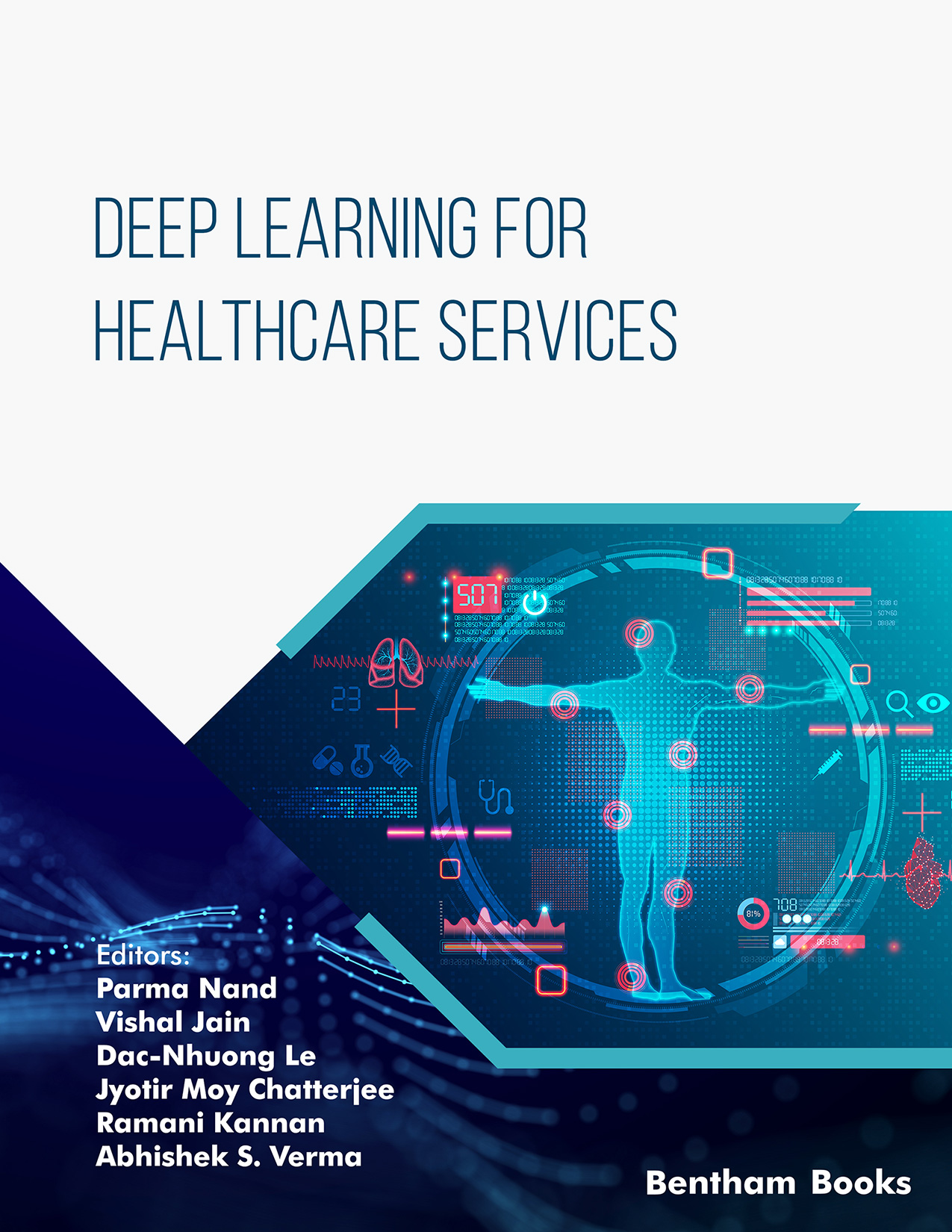Introduction
This book highlights the applications of deep learning algorithms in implementing big data and IoT enabled smart solutions to treat and care for terminally ill patients. It presents 5 concise chapters showing how these technologies can empower the conventional doctor patient relationship in a more dynamic, transparent, and personalized manner. The key topics covered in this book include:
- The Role of Deep Learning in Healthcare Industry: Limitations
- Generative Adversarial Networks for Deep Learning in Healthcare
- The Role of Blockchain in the Healthcare Sector
- Brain Tumor Detection Based on Different Deep Neural Networks
Key features include a thorough, research-based overview of technologies that can assist deep learning models in the healthcare sector, including architecture and industrial scope. The book also presents a robust image processing model for brain tumor screening.
Through this book, the editors have attempted to combine numerous compelling views, guidelines and frameworks. Healthcare industry professionals will understand how Deep Learning can improve health care service delivery.
Audience
Health care industry professionals, scholars in computer science and health care management

